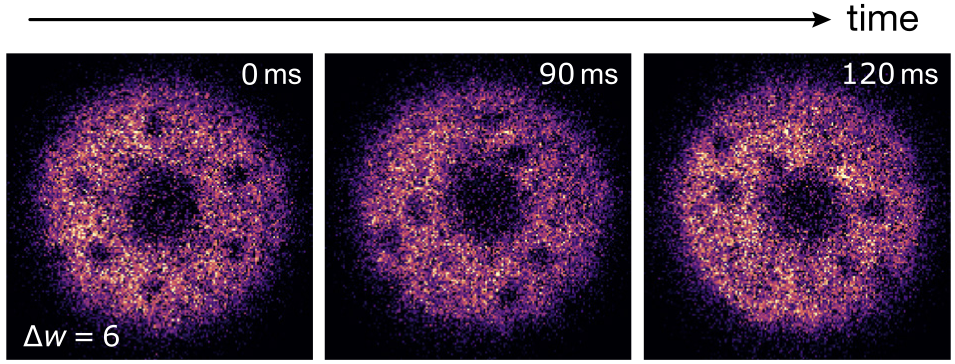 |
D. Henández-Rajkov et al. |
LAST NEWS
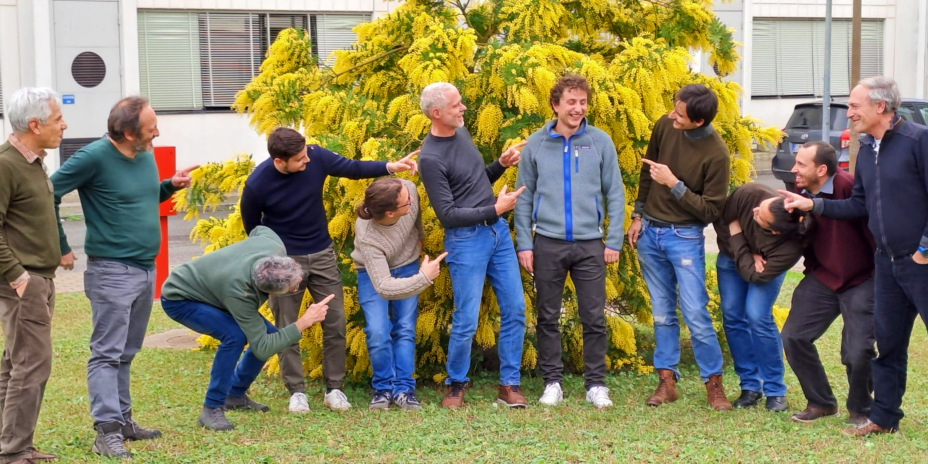 |
We are immensely proud of Giulio Biagioni, who has defended his doctoral thesis "Can a superfluid be solid? A study of the supersolid phase in a dipolar quantum gas", achieving the summa cum laude distinction. In the last few years, Giulio has given invaluable contributions to our research, enriching our group in countless ways and inspiring many experiments. We wish him all the success and fulfillment he deserves, and even more luck in his academic journey! See also the thesis |
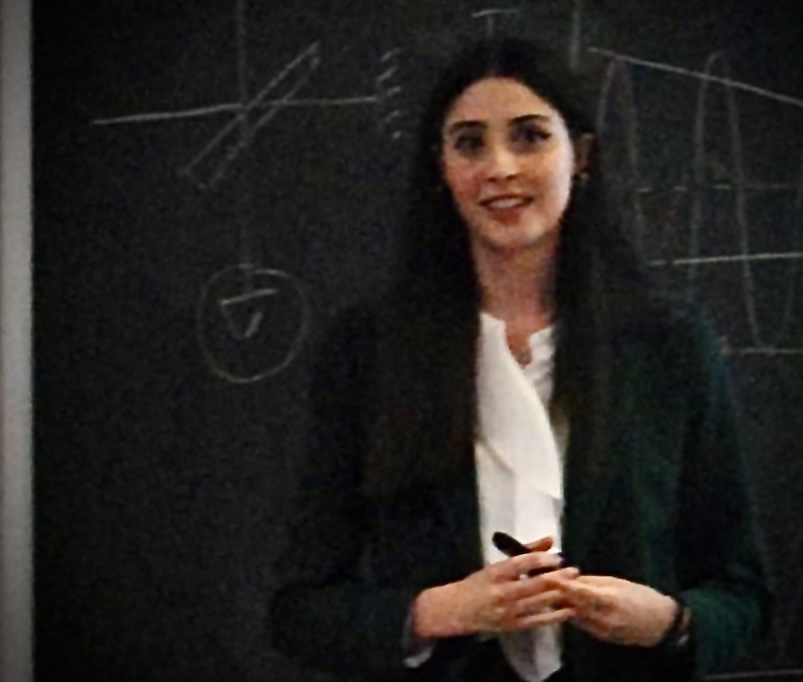 |
Congrats and good luck Bea! |
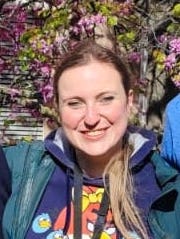 |
Our heartfelt welcome to Dr. Chiara Mazzinghi, who has recently completed her PhD at ICFO and is now joining our team!
We're delighted to have her on board!
|
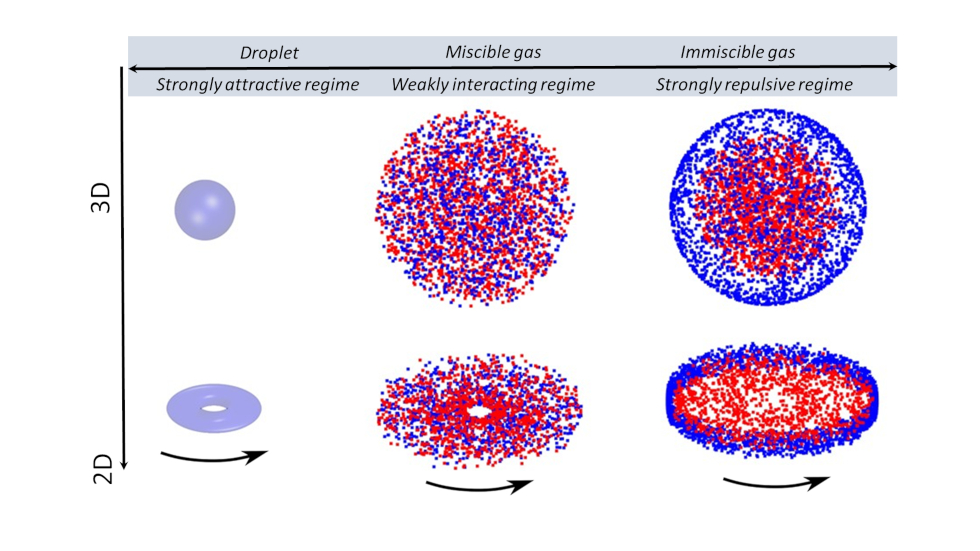 |
QUANTAMI (Quantum Atomic Mixtures: Droplets, Topological Structures, and Vortices) aims to explore novel matter phases and quantum phenomena arising in interacting multicomponent superfluids. We will exploit the K-Rb tunable quantum mixture manipulated in optical potentials to realize and study topological superfluid structures, like rings and shells, as well as exotic vortex states and rotating droplets. We will explore the complex interplay among interactions, quantum fluctuations, topological excitations and dimensionality. The project founded by MUR is a joint effort between CNR-INO (local coordinator Dr. A. Burchianti), the University of Padova (project coordinator Prof. L. Salasnich) and the University of Parma (local coordinator: Prof. S. Wimberger). Join us on this adventure! We are looking for motivated candidates for a postdoc position: further informations |
